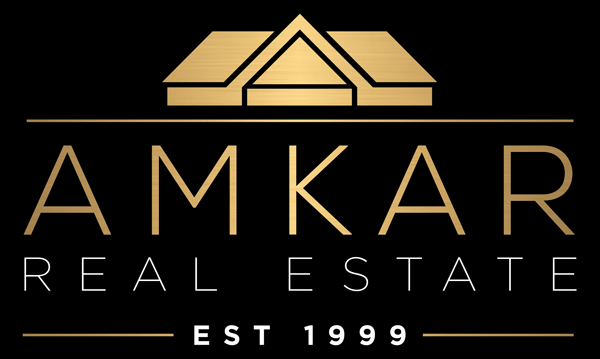Buying a property is one of the biggest financial decisions you’ll ever make. While the location, price, and features of a home are top of mind, it’s equally important to understand any legal restrictions attached to the property. Two common ones are encumbrances and easements.
These terms can sound complex, but knowing what they mean, and how they may affect your ownership, is crucial before you sign a contract.

What is an encumbrance?
An encumbrance is a registered interest or claim on a property that limits how it can be used or transferred. Encumbrances can include:
- Mortgages
- Caveats
- Covenants (such as building style restrictions)
- Liens or charges
In practice, this means you may not have complete freedom to use or develop the property in the way you’d like.
What is an easement?
An easement is a legal right that allows someone else to use part of your land for a specific purpose. Common examples include:
- Utility easements (for water, sewerage, or electricity infrastructure)
- Rights of way (allowing neighbours access through part of your land)
Easements don’t transfer ownership, but they do create obligations, for example, you may not be able to build over the easement area.
How to find out about encumbrances and easements
The good news is that buyers don’t need to figure this out on their own.
In South Australia, encumbrances and easements are formally disclosed in the Form 1 Vendor’s Statement (sometimes called a “cooling off form”). This document is prepared for the seller and provided to the buyer before settlement. It outlines any registered restrictions on the property.
Your conveyancer or solicitor will carefully review the Form 1, along with the Certificate of Title, to make sure you understand any limitations before you proceed with the purchase.
For more detail, buyers can also request a property title search from Land Services SA
Why understanding encumbrances and easements this matters for buyers
Overlooking encumbrances or easements could lead to costly surprises, such as not being able to extend your home or finding your driveway used by others. By understanding these restrictions early, you can make an informed decision about whether the property suits your needs.
Final thoughts
Buying a property is about more than bricks and mortar, it’s about knowing the rights, responsibilities, and restrictions attached to the land. Encumbrances and easements are key parts of that picture.
If you’re thinking of buying or selling a property, our team is here to guide you through the process. Contact us today to discuss your next move.
This article is general in nature and does not constitute legal or financial advice. For advice tailored to your circumstances, please consult a qualified conveyancer, solicitor, or financial professional.

